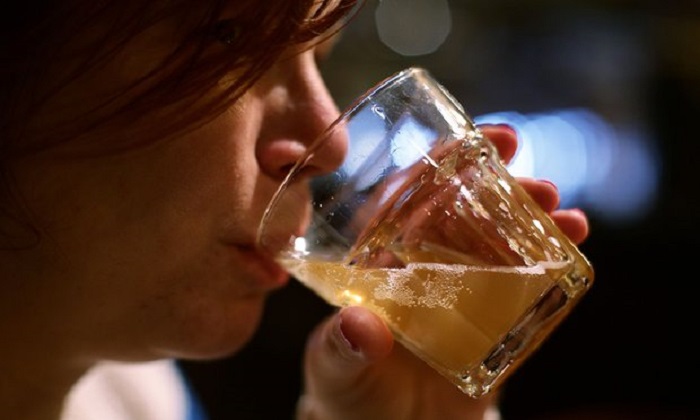Women now drink as much alcohol as men, global study finds

The researchers from the National Drug and Alcohol Research Centre of the University of New South Wales, Australia, say the conclusion is that public health efforts need to focus more on women.
“These results have implications for the framing and targeting of alcohol use prevention and intervention programmes. Alcohol use and alcohol-use disorders have historically been viewed as a male phenomenon. The present study calls this assumption into question and suggests that young women in particular should be the target of concerted efforts to reduce the impact of substance use and related harms,” they say.
Their analysis, published in the journal BMJ Open, looks at the convergence of drinking habits between men and women over time, from 1891 to 2014. It pools the results of 68 international studies, published since 1980, to look at the changing ratio of male to female drinking over the years.
Historically, far more men drank alcohol than women. Men born between 1891 and 1910 were twice as likely as their female peers to drink alcohol and more than three times as likely to be involved in problematic use or use leading to harms. But in all three respects, this had almost reached parity among those born between 1991 and 2000.
Women’s drinking has increased for a number of reasons. Those who have succeeded in obtaining jobs that were once the preserve of men have joined – or found it necessary to become part of – the after-work drinking culture. Office for National Statistics figures from 2011 show that women in management and professional jobs drink more than the average woman and drink more on weekdays.
But drops in the price, which have led to wine and beer becoming regular items in the supermarket shopping trolley and part of everyday life at home, have also been a factor, alongside deliberate marketing targeted at women.
“Since the 1950s we’ve seen women’s drinking continue to rise,” said Emily Robinson, director of campaigns at Alcohol Concern. “Drinking at home has continued to increase and because alcohol is so cheap and easily available it’s become an everyday grocery item. We’ve also seen a concerted effort from the alcohol industry to market products and brands specifically to women.
“We know from our annual Dry January campaign that people often don’t realise that alcohol has become a habit rather than a pleasure, with women having ‘wine o’clock’ most nights of the week.
“Drinking too much, too often, can store up future health problems, both mental and physical, with people not realising just how easy it is to go over recommended limits,” Robinson added.
“This is why we need mandatory health warnings on alcohol products and a mass media campaign to make sure the chief medical officer’s guidelines are widely known and understood.”
Sally Davies, the chief medical officer (CMO), changed the alcohol guidance earlier this year, advising both men and women they risked harm if they drank more than 14 units a week – previously the upper limit for men was 21 units. But she warned that there was no safe limit for anybody.
Katherine Brown, director of the Institute of Alcohol Studies, said: “Historically women did not drink that much. There has definitely been a proactive effort to entice women to drink more.”
Some of the drinks now available have been targeted at young women who “pre-load” while getting together to dress and do their make-up before a night out. Three large glasses of wine can be the equivalent of nine units, she added.
Babycham was the first drink specifically designed with women in mind in post-war Britain. Today there are many others including Lambrini, which is aimed entirely at young women. “Sweet or fruity? Lively, smooth – or are you a classic kind of girl? With a Lambrini tailored to complement your own personal style and taste, you’re going to love our new collection!” says the advertising on its website.
Alcohol advertising and sponsorship is also noticeable in TV programmes aimed at women. For example, Baileys backed Desperate Housewives.
Women’s bodies do not tolerate alcohol as well as men’s, however, because they have a higher fat to water ratio. Because they have less water, the alcohol in their system remains more concentrated. They also have smaller livers than men, which makes it harder to process alcohol safely.















































